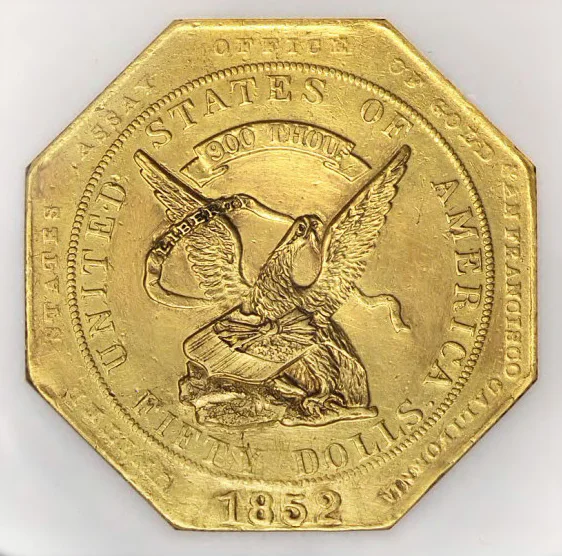James Wilson Marshall
/Marshall and his men set out for the millsite that September. Their first task was to build a double cabin to house the millworkers and the Wimmers; Peter, Jennie (the camp cook), and their children. Another cabin was then built for Marshall. Some forty local Indians were hired to excavate the millrace and to build the diversion dam. The more skilled men set to felling trees and whipsawing them into timbers for the mill.
Read More



















